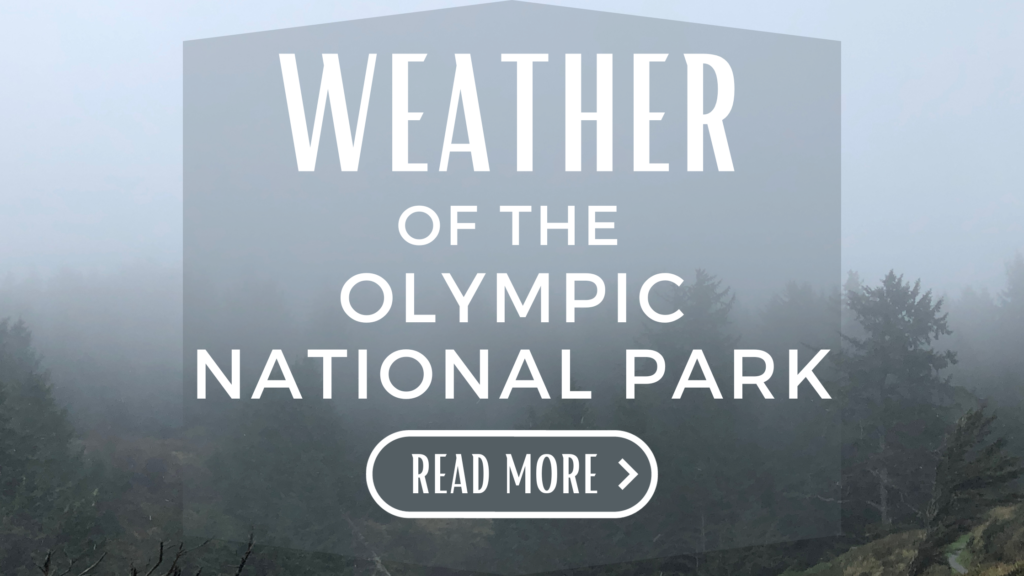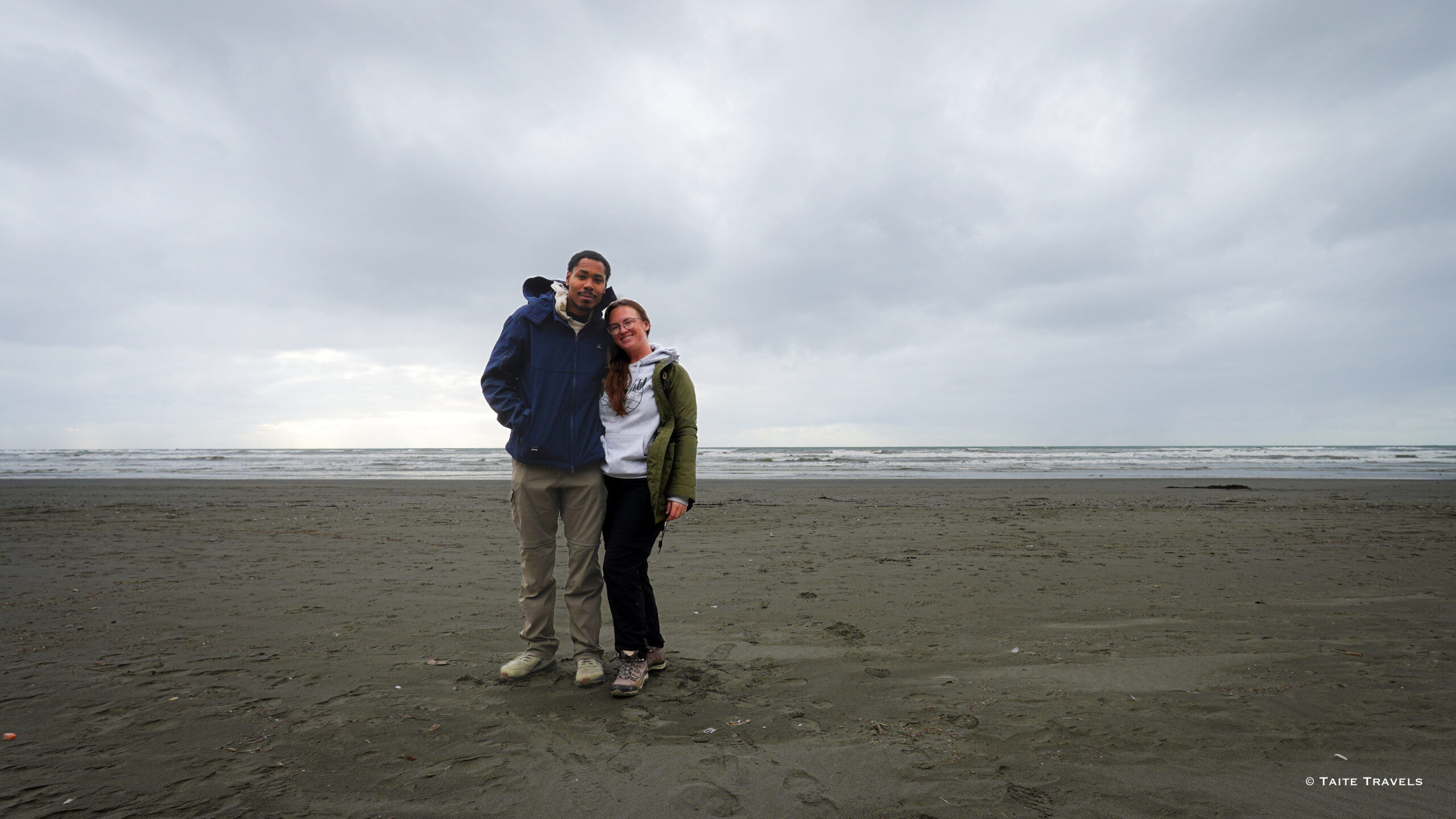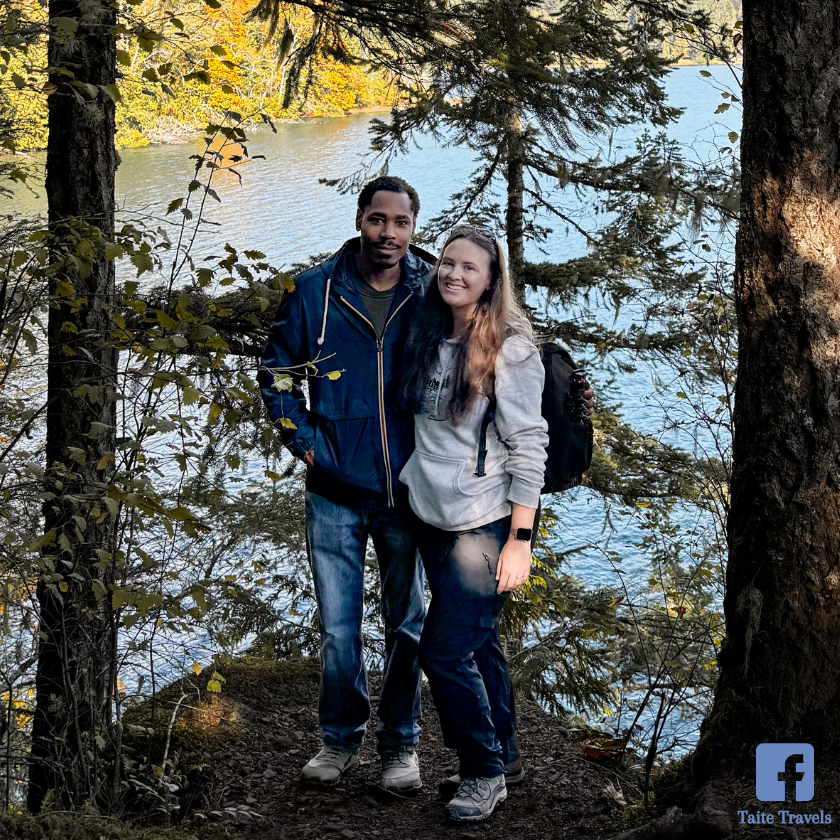As you explore the wonders of Olympic National Park, you’ll quickly realize that its ever-changing weather. Olympic National Park showcases four distinct seasons, with spring brings blossoming flowers and active wildlife. Summer offers sunny days for hiking and beach outings and fall brings colorful leaves, salmon runs and tons of hiking. Each season adds its unique charm, welcoming visitors year-round. Understanding Olympic National Park’s weather is the key to creating an unforgettable adventure.
Spring in Olympic National Park
Spring in Olympic National Park is a time of renewal and natural wonder. As the snow begins to melt and temperatures rise, the park comes alive with a variety of outdoor activities, for humans, wildlife and nature. The best time to explore these trails is during the morning when wildlife is more active, making it an ideal opportunity to spot black-tailed deer, Roosevelt elk, and even black bears. Keep an eye out for the vibrant birdlife as well, with species like the varied thrush adding their melodic songs to the park’s symphony of spring.
Average Temperatures
Early Spring
(March to April)
During the early spring months, daytime temperatures often range from the mid-40s to mid-50s Fahrenheit (7°C to 13°C). However, nights can still be quite chilly, with temperatures dropping into the 30s Fahrenheit (around 1°C to 4°C).
Late Spring
(May to June)
As spring progresses into late May and June, temperatures become more pleasant for outdoor activities. Daytime highs commonly reach the upper 50s to mid-60s Fahrenheit (14°C to 18°C), offering comfortable conditions for hiking and exploration. Evenings remain cool but not as cold as in early spring, with lows in the 40s Fahrenheit (4°C to 9°C)
Expected Rainfall
On average, March welcomes the transition from winter with around 4 to 5 inches of rainfall. As April unfolds, the park receives a bit more moisture, with an average of about 5 to 6 inches. May continues the trend of increasing rainfall, with an average of approximately 6 to 7 inches. June, the closing chapter of spring, maintains this pattern, with an average of about 6 to 7 inches. These spring showers play a pivotal role in nurturing the vibrant flora and creating the lush environment that defines the park’s beauty during this season. While they bring life to the landscape, it’s wise for visitors to come prepared for occasional rain and embrace the enchanting, rain-kissed charm of Olympic National Park in spring.
Wildflowers
Spring is the season when the park’s wildflowers burst into a riot of colors. From delicate trilliums to vibrant rhododendrons, the park becomes a tapestry of blooms, attracting hikers and nature enthusiasts alike.
Salmon Spectacle
Spring is a remarkable time for salmon runs in the park’s rivers and streams. Witness the incredible journey of these fish as they return to their spawning grounds, leaping upstream against all odds.
Birdwatching
As the park awakens from winter’s slumber, it becomes a haven for birdwatchers. Numerous bird species, including migratory ones, can be spotted during spring, making it an ideal time for ornithological adventures.
Waterfalls
With the increased snowmelt and rainfall, the park’s waterfalls are at their most impressive in spring. The thunderous cascades, like Sol Duc Falls and Marymere Falls, are a sight to behold.
Baby Wildlife
Spring is the season of renewal, and you might be lucky enough to encounter adorable baby animals. Keep an eye out for young deer, elk, and other wildlife, as they take their first steps in the wild.
Summer in Olympic National Park
Summer in Olympic National Park is a season of exploration and perfect weather. As the sun graces the park with its warm clear skies it’s the perfect time to dive into the beauty of the park. During these sun-soaked months, Olympic National Park offers hiking along trails that lead to mesmerizing vistas, to basking on the sandy shores of its coastal towns. As the daylight lingers, you’ll have ample time to discover the park’s wonders and iconic landmarks. The best part of summer exploration? The evenings are equally inviting, allowing you to soak in the serene beauty of the park as the sun sets. Check out current conditions here, you want to make sure you know exactly what you are in store for on a warm sunny day.
Average Temperatures
During the day, you can expect temperatures to typically range from the 60s – 70s Fahrenheit (around 18°C to 24°C), creating a pleasant environment for exploration. These comfortable conditions are perfect for hiking, camping, and exploring the park’s diverse landscapes. As the sun sets, the evenings remain mild, with temperatures often cooling down to the mid-40s to mid-50s Fahrenheit (7°C to 13°C).
Expected Rainfall
Summer’s Weather in the Olympic National Park is characterized as drier weather compared to other seasons. On average, the park receives approximately 1 to 2 inches of rainfall per month during the summer with June typically sees the least amount of rainfall. These minimal rainfall levels provide visitors with extended periods of sunshine and clear skies, allowing for an abundance of outdoor activities without the interruption of frequent rain showers.
Longest Day of the Year
Summer solstice in Olympic National Park marks the longest day of the year when the sun graces the landscape with extended daylight hours. It’s a perfect time for extended hikes, picnics, and capturing stunning sunset views.
Whale Watching
Summer is prime whale-watching season along the park’s coastline. Witness the awe-inspiring spectacle of gray whales, orcas, and humpback whales as they migrate along the Pacific coast.
Beach Combing
With its long, sandy shores, summer is an excellent time for beach combing. Hunt for unique seashells, polished stones, and treasures washed ashore by the gentle waves.
Starry Summer Nights
Clear summer skies provide exceptional stargazing opportunities. The park’s remote location and minimal light pollution make it an ideal spot for observing celestial wonders.
Camping Under the Stars
Summer invites campers to spend warm evenings under the starry sky. Campfires, marshmallow roasting, and the camaraderie of campgrounds create unforgettable memories.
Fall in Olympic National Park
Fall in Olympic National Park offers an array of color like no other season. As the vibrant green leaves of summer start to fall they turn into this wonderful palette of reds, oranges, and golds. The weather will start to cool down a bit and the crowds will thin out, making it a perfect time to explore the park’s trails. Wildlife enthusiasts will also appreciate the increased chances of spotting animals as they become more active during this season. Fall marks the beginning of salmon runs in the park’s rivers, providing a unique opportunity to witness these remarkable fish as they return to their spawning grounds.
Average Temperatures
During the fall months, temperatures in Olympic National Park begin to cool from the warmth of summer. Daytime highs commonly range from the mid-50s to low 60s Fahrenheit (13°C to 17°C), providing pleasant conditions for outdoor activities. As the season progresses, nights become cooler, with lows in the mid to upper 40s Fahrenheit (7°C to 9°C). These comfortable temperatures make it an ideal time for hiking, wildlife watching, and enjoying the great outdoors.
Expected Rainfall
Fall in the park typically sees a gradual increase in rainfall. On average, September brings about 4 to 5 inches (approximately 100 to 130 millimeters) of rainfall. As October arrives, the park receives a bit more moisture, with an average of about 6 to 7 inches (roughly 150 to 180 millimeters). November continues the trend, with an average of approximately 8 to 9 inches (around 200 to 230 millimeters). These fall showers contribute to the lush landscape and vibrant foliage that define the season’s beauty.
Vibrant Foliage
Olympic National Park’s diverse forests burst into a riot of color during the fall season. The park features a wide variety of deciduous trees, including bigleaf maples and vine maples, which paint the landscape in shades of red, orange, and gold.
Fewer Crowds
While summer is a popular time to visit Olympic National Park, fall offers a quieter and more tranquil experience. With fewer crowds, you can fully immerse yourself in the park’s serene beauty and savor its natural wonders at a more leisurely pace.
Migratory Birds
As the park prepares for winter, it becomes a temporary home for numerous migratory bird species. Birdwatchers will delight in spotting these feathered travelers, adding a new dimension to their visit.
Crisp Nights
Fall evenings in the park can be chilly, making it an excellent time to cozy up by a campfire or stargaze under the clear, cool night sky.
Mushroom Foraging
Foraging for wild mushrooms, such as chanterelles, is a popular fall activity in Olympic National Park. Visitors with a taste for culinary adventures can seek out these delectable treasures hidden beneath the forest canopy.
Waterfalls
Fall’s increased rainfall adds to the grandeur of the park’s waterfalls. Witness cascades like Sol Duc Falls and Marymere Falls at their most dramatic as they roar with the abundant flow of water.
Winter in Olympic National Park
Winter in Olympic National Park is a season of snow-covered mountains and trails, offering a unique experience for those willing to embrace the chill. Visitors can look forward to experiencing snowy landscapes, frozen waterfalls, and the peaceful calm of Olympic National Park’s winter wilderness. Check out current conditions here, you want to make sure you know exactly what you are in store for on a cold rainy day.
Average Temperatures
During the day the atmosphere takes on a crisp and refreshing chill, with temperatures spanning from the 30s – 40s Fahrenheit (approximately 2°C to 5°C). As night descends the cold intensifies, with temperatures frequently dip into the 20s Fahrenheit (around -6°C to -3°C).
Average Rain/Snowfall
Snowy Blanket
Winter blankets the park in snow, with an average snowfall ranging from 10 to 20 inches (approximately 25 to 50 centimeters) during the season. In higher elevations, snow accumulation can be even greater.
Minimal Rain
Rainfall is relatively low during the winter months, with an average of about 2 to 3 inches (approximately 50 to 75 millimeters) in total precipitation.
Snowshoeing Paradise
Olympic National Park becomes a winter wonderland, offering ideal conditions for snowshoeing. Trails like Hurricane Ridge and Hurricane Hill provide excellent opportunities to explore the snowy terrain.
Lower Crowds
Winter is the least crowded season in the park, providing a peaceful and serene environment for those seeking solitude and tranquility.
Storm Watching
Winter storms along the coast create dramatic waves and stunning displays of nature’s power. Rialto Beach and Ruby Beach are popular spots for storm watching.
Historic Lodges
The park’s historic lodges, such as Lake Crescent Lodge and Sol Duc Hot Springs Resort, offer cozy accommodations and a warm retreat after a day of winter exploration.
Limited Access
Some areas of the park may have limited access or road closures during the winter due to snow and hazardous conditions, so it’s essential to check for updates before your visit.
Click Here For Current Weather Conditions in the Olympic National Park








